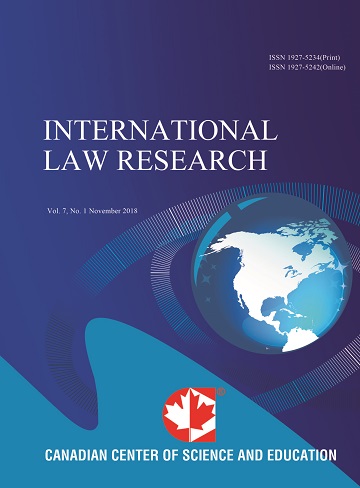Producer Liability for AI-Based Technologies in the European Union
- Susana Navas
Abstract
The manufacturer's liability for defective products has remained almost unmodified since 1985 when Directive 85/374/EEC (=PLD) was enacted. Perhaps new technology based on artificial intelligence (=AI) could bring about a turning point in the regulation if concepts such as "product" and "defect" or aspects such as "grounds of liability", the so-called "development risks defense", and the "solidarity" are reconsidered. The Group of Experts on Liability and New Technologies (=NTF), in its “Liability for AI and other emerging digital technologies” Report, recommends, inter alia, the regulation of two different civil liability regimes: strict liability and fault-based liability. Thus, it will be necessary to determine precisely the cases to which these regimes apply and how to deal with “uncertain causation”. The alleviation of the victim’s burden of proof should be considered. From the various documents being published, it appears that the producer’s strict liability will remain as the main liability rule, but it will be combined -as the NFT suggests- in the case of the breach of a duty of care with a fault-based liability rule. This approach leaves some open questions, i.e., how to properly combine both grounds of liability in the domain of products that cause damages. In my view, the liability regime suggested by the NTF is far more complicated that the regime which distinguishes three types of defects that are often stressed: the defect of design, the defect of manufacturing, and the defect of information.
- Full Text:
 PDF
PDF
- DOI:10.5539/ilr.v9n1p77
Journal Metrics
h-index (2017): 2
i10-index (2017): 0
h5-index (2017): N/A
h5-median (2017): N/A
Index
- CNKI Scholar
- COPAC
- CrossRef
- DTU Library
- EuroPub Database
- Excellence in Research for Australia (ERA)
- Ghent University Library
- Google Scholar
- Harvard Library
- Infotrieve
- Jisc Library Hub Discover
- LOCKSS
- Open J-Gate
- PKP Open Archives Harvester
- Publons
- ROAD
- Scilit
- SHERPA/RoMEO
- Stanford Libraries
- Ulrich's
- UniCat
- Universe Digital Library
- UoS Library
- WorldCat
Contact
- Joseph TaiEditorial Assistant
- ilr@ccsenet.org
